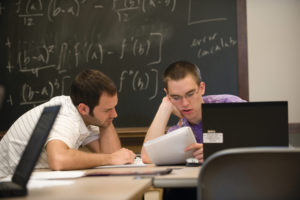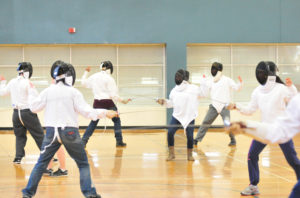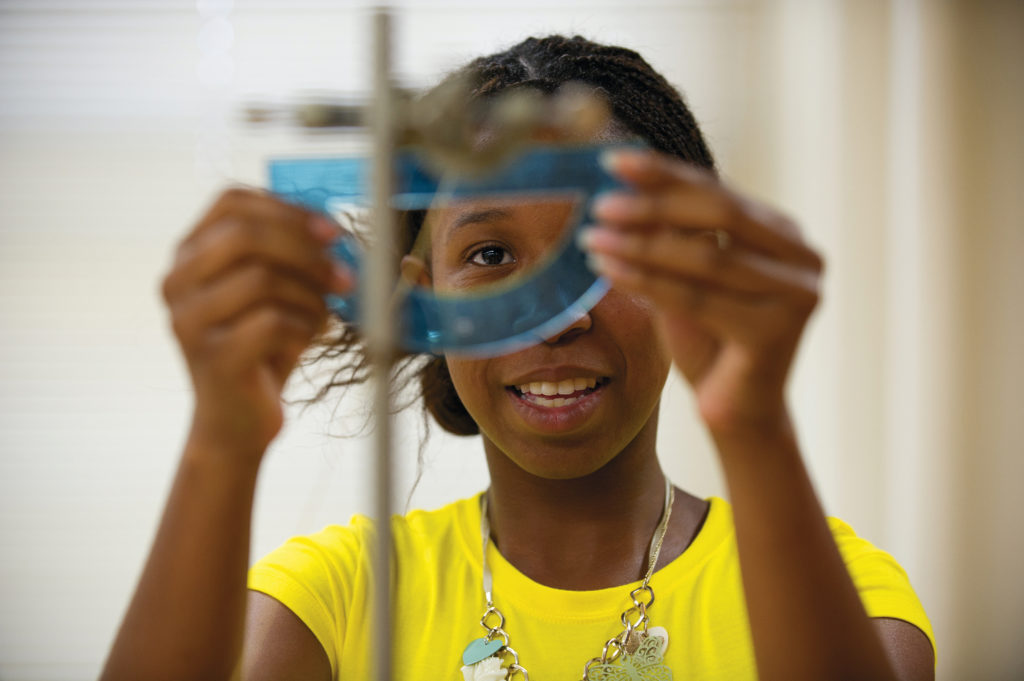The Great Commitments of Berea College select the liberal arts as our educational framework. What is that approach, why was it right for young men and women, black and white in 1855, and why is it still the best choice? Why not a more vocational approach? Or a choice more directly connected to our constitutional objective to “Advance the cause of Christ?” Or one that focuses on necessary skills for living like citizenship, financial expertise, legal acumen, using technology, and fixing things like plumbing and automobiles?
 This last question almost answers itself, in that we all know from experience that those skills and the knowledge base that underlies them change so rapidly that an education that covered those topics would be out of date before graduation rolled around. The things I learned about fixing my first car, a 1968 Datsun 510, were pretty much worthless even just 10 years later.
This last question almost answers itself, in that we all know from experience that those skills and the knowledge base that underlies them change so rapidly that an education that covered those topics would be out of date before graduation rolled around. The things I learned about fixing my first car, a 1968 Datsun 510, were pretty much worthless even just 10 years later.
How about more job training? Many employers today would like to hire new workers who can “do the job” from day one. Well those jobs change rapidly, too,which is a problem for many workers, who find their skills no longer of value in the employment market place. The liberal arts approach is skill oriented, too, but the skills and habits it teaches are more fundamental, the basic elements of reasoning, communication, intellectual history, cultural competency and various literacies. A student well equipped with these skills is more ready for change and the nimble adaptation that modern society demands. In fact, it can be aptly said that a liberal arts education is training for jobs that do not yet exist. Hence liberal education is just as relevant for 2015 as 1855.
A liberal arts education equips and frees the student who not only learns academic skills but also gains greater scope for developing the values that inform “how to live,” and not just how to make a living.
 It is important to dispel some misconceptions surrounding the name Liberal Arts, which is often misunderstood to be politically liberal and to emphasize the Fine Arts to the exclusion of other academic disciplines. Actually, liberal, coming from the Latin liber, “free, unrestricted,” simply means “freeing” from constraints. From that point of view a better terminology would be the “Liberating Arts.” As for Arts, the reference is really to the whole constellation of knowledge and practice in connection with any subject. Think of book titles like The Art of Marriage or The Art of Innovation. The latter is by Tom Kelley, general manager of the Silicon Valley-based design firm IDEO, famous for leadership in technological thinking. Speaking of Tom Kelley, his undergraduate degree is from Oberlin College!
It is important to dispel some misconceptions surrounding the name Liberal Arts, which is often misunderstood to be politically liberal and to emphasize the Fine Arts to the exclusion of other academic disciplines. Actually, liberal, coming from the Latin liber, “free, unrestricted,” simply means “freeing” from constraints. From that point of view a better terminology would be the “Liberating Arts.” As for Arts, the reference is really to the whole constellation of knowledge and practice in connection with any subject. Think of book titles like The Art of Marriage or The Art of Innovation. The latter is by Tom Kelley, general manager of the Silicon Valley-based design firm IDEO, famous for leadership in technological thinking. Speaking of Tom Kelley, his undergraduate degree is from Oberlin College!
A liberal arts education equips and frees the student who not only learns academic skills but also gains greater scope for developing the values that inform “how to live,” and not just how to make a living. The attention paid to values is another inherent strength of a liberal arts education. As Isaac Sharpless, a former president of Haverford College, the liberal arts institution at which I was privileged to begin my academic career, said at a commencement address long ago:
“I suggest that you preach truth and do righteousness as you have been taught, whereinsoever that teaching may commend itself to your consciences and your judgments. For your consciences and your judgments we have not sought to bind; and see you to it that no other institution, no political party, no social circle, no religious organization, no pet ambitions put such chains on you as would tempt you to sacrifice one iota of the moral freedom of your consciences or the intellectual freedom of your judgments.”
Note that the freedom sought is for the enhancement of conscience and judgment!

In fact, the liberal arts framework has always been ideal for advancing the cause of Christ and the other progressive goals of our Founders, goals to which we are still committed. But the liberal arts need not be divorced from practical application, and, in fact it is better not to; the application of knowledge enriches the learning process and the knowledge itself. William Goodell Frost, Berea’s third president and a contemporary of Sharpless, says in one of his commencement addresses:
“Berea is an engine of universal civilization. It must carry on many forms of education at once, teaching people how to get a living and then how to live. Berea College stands with a spade and spelling book in one hand, and a telescope and Greek testament in the other.”
Subsequent presidents deepened and extended the commitment to the liberal arts. William Hutchins was a much beloved scholar of Greek and strongly emphasized excellence in teaching. Francis Hutchins added the international dimension, so important to the development of cultural competency and fluency. Willis Weatherford expanded the embrace and nuance of the spiritual dimension of the liberal arts while John Stephenson, scholar of Appalachian studies, helped us see the power of region as a dimension of the liberal arts, and Larry Shinn drew a clear connection between academic rigor and leadership.
Alongside Berea’s presidents, countless students and labor supervisors have worked to integrate labor and liberal learning, offering a living lesson: the dignity of menial work is in fact liberating. It frees one from a sense of entitlement and indulgence, from an inability to appreciate all the work and all the workers it takes to produce a fair and comfortable life for everyone. Understanding the dignity and utility of labor means, as a former Director of People Services was fond of saying, that you will work like you mean it. I would suggest that at Berea we also teach students to think like you mean it.
What then are the challenges that face Bereans today? Together we are learning
•that prosperity without sustainability is a selfish dead end;
•that a transformative education must include attention to health and wellness; and
•that the challenge of how to live is just as hard and important as getting a living.
Berea College has been a 160-year exploration of the liberal arts, and in consequence we have produced generations of free and responsible thinkers. We are still committed to producing graduates who think like they mean it.



